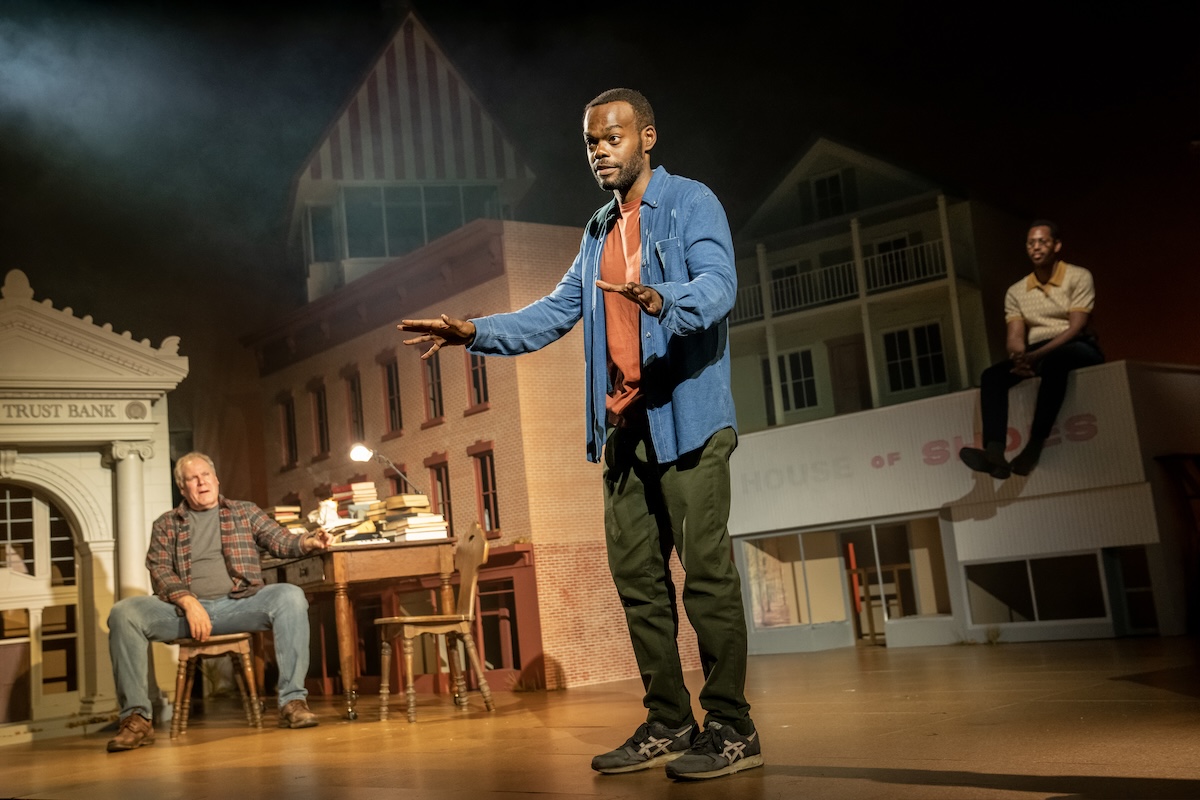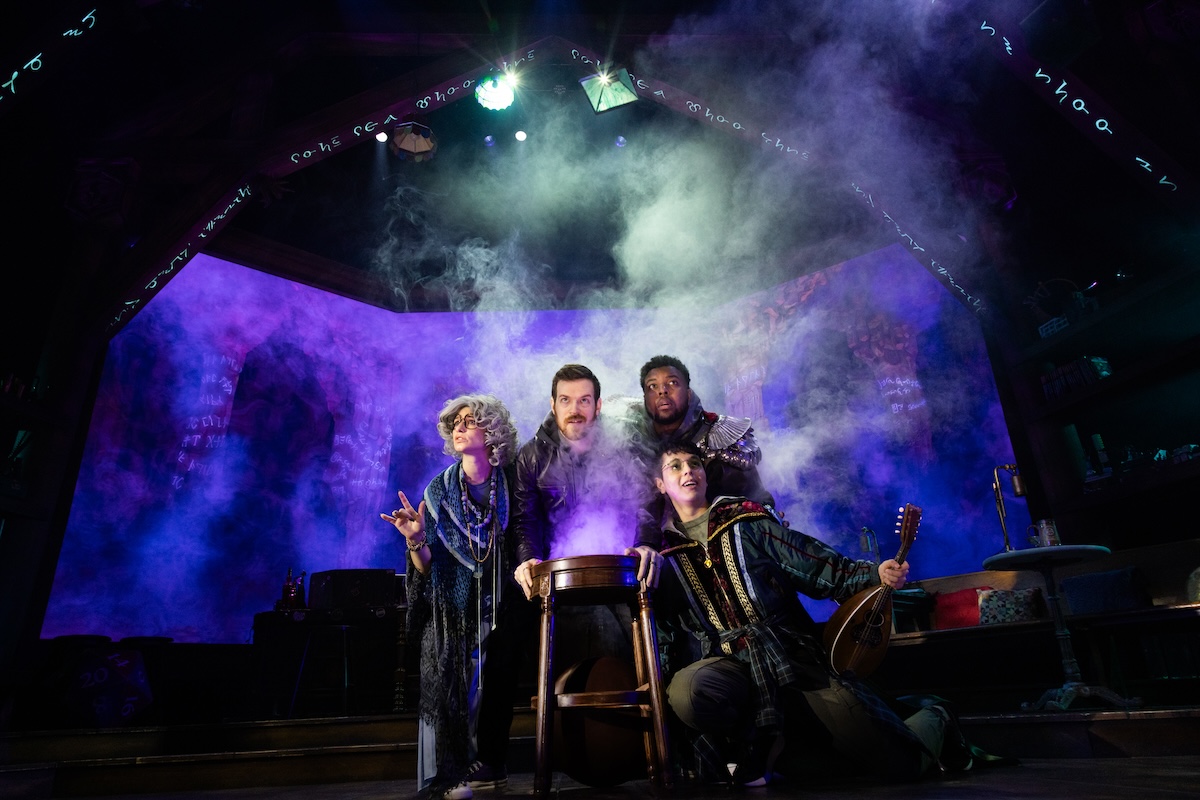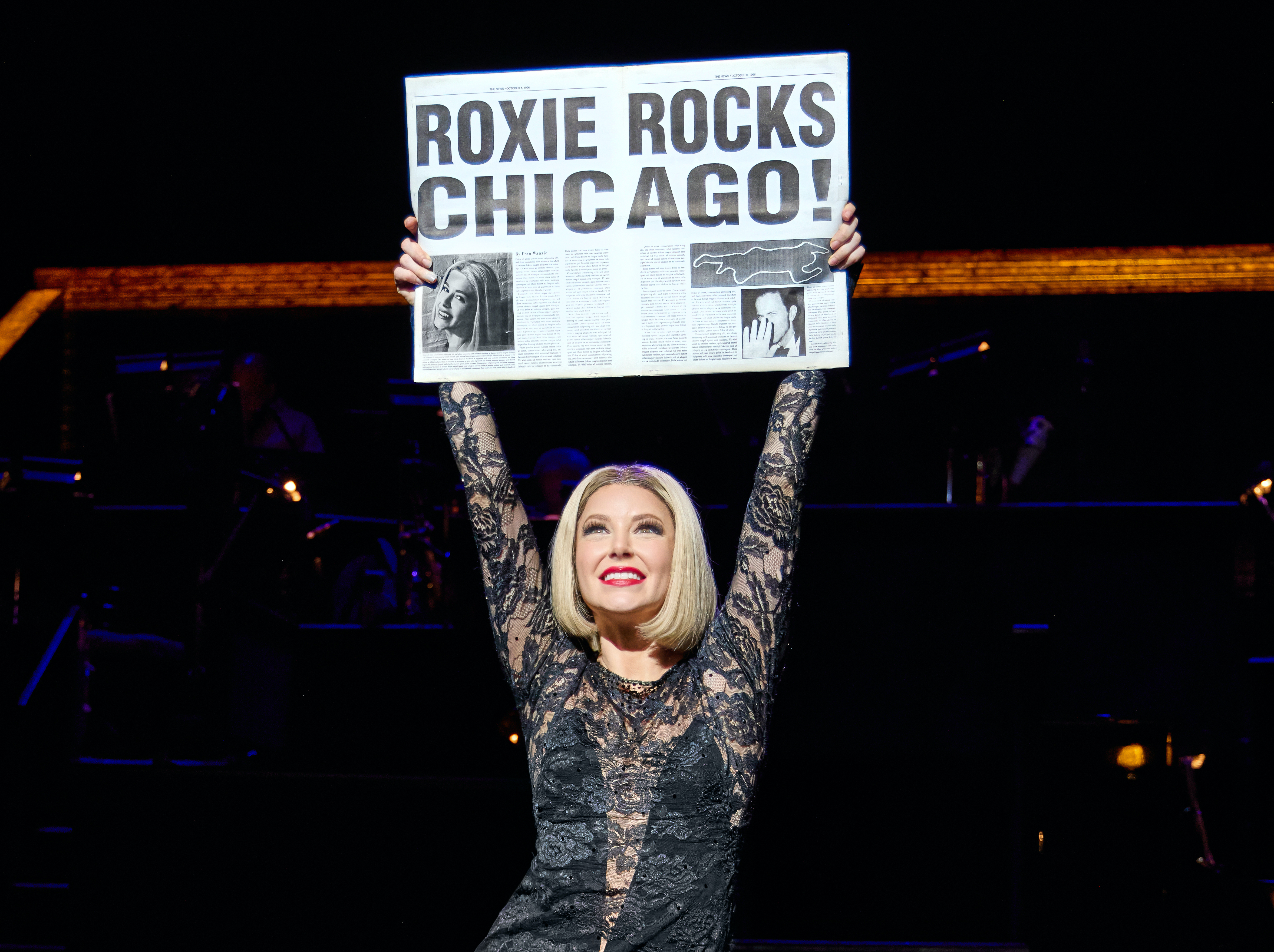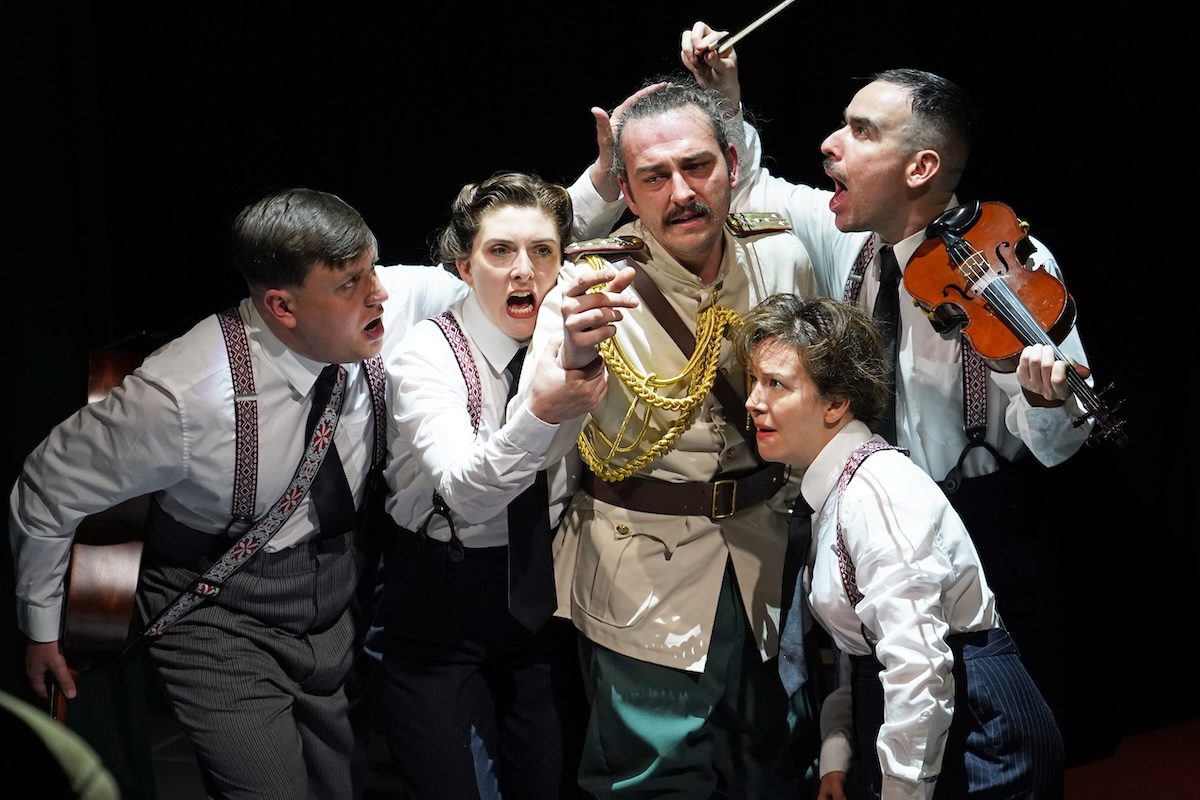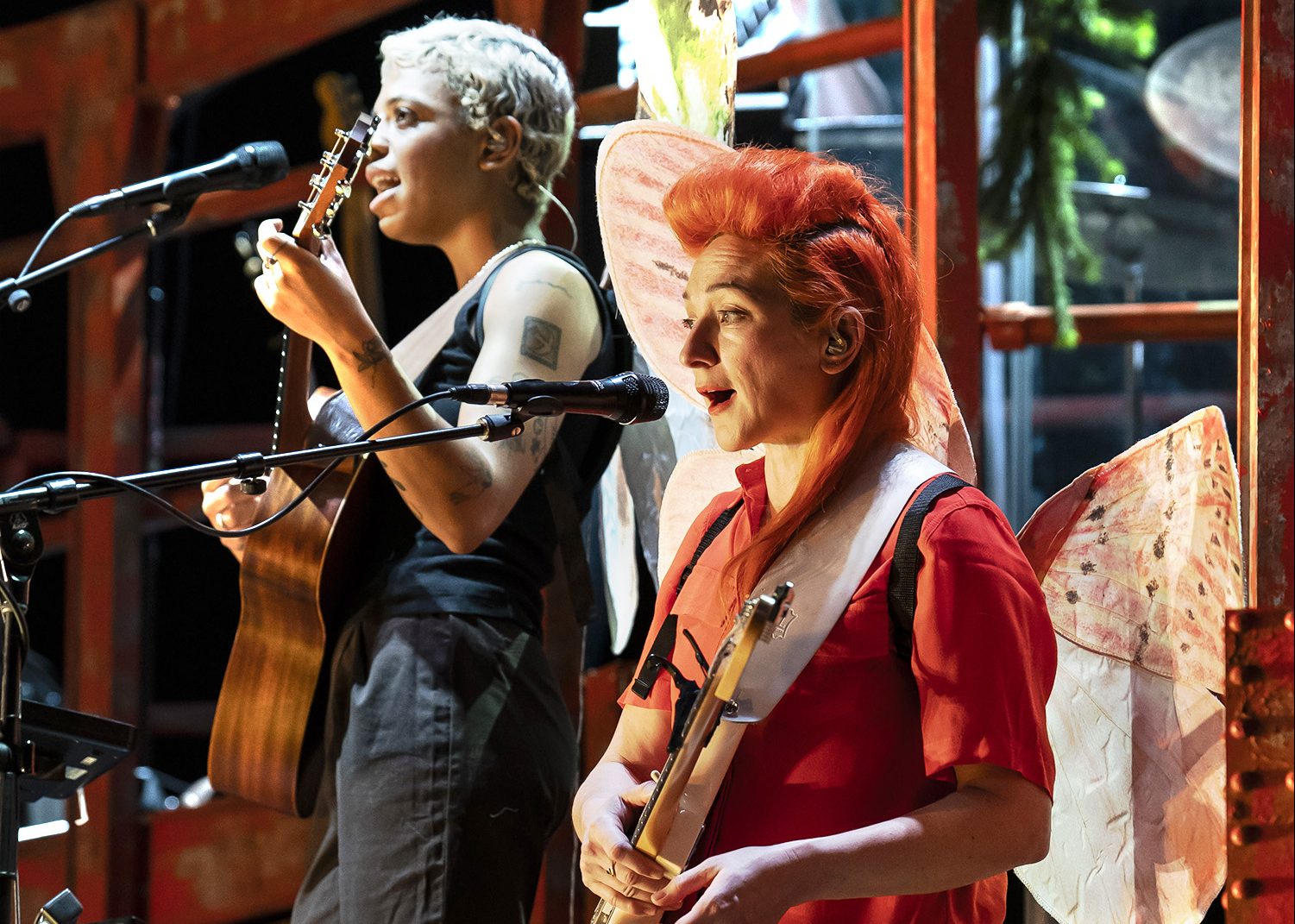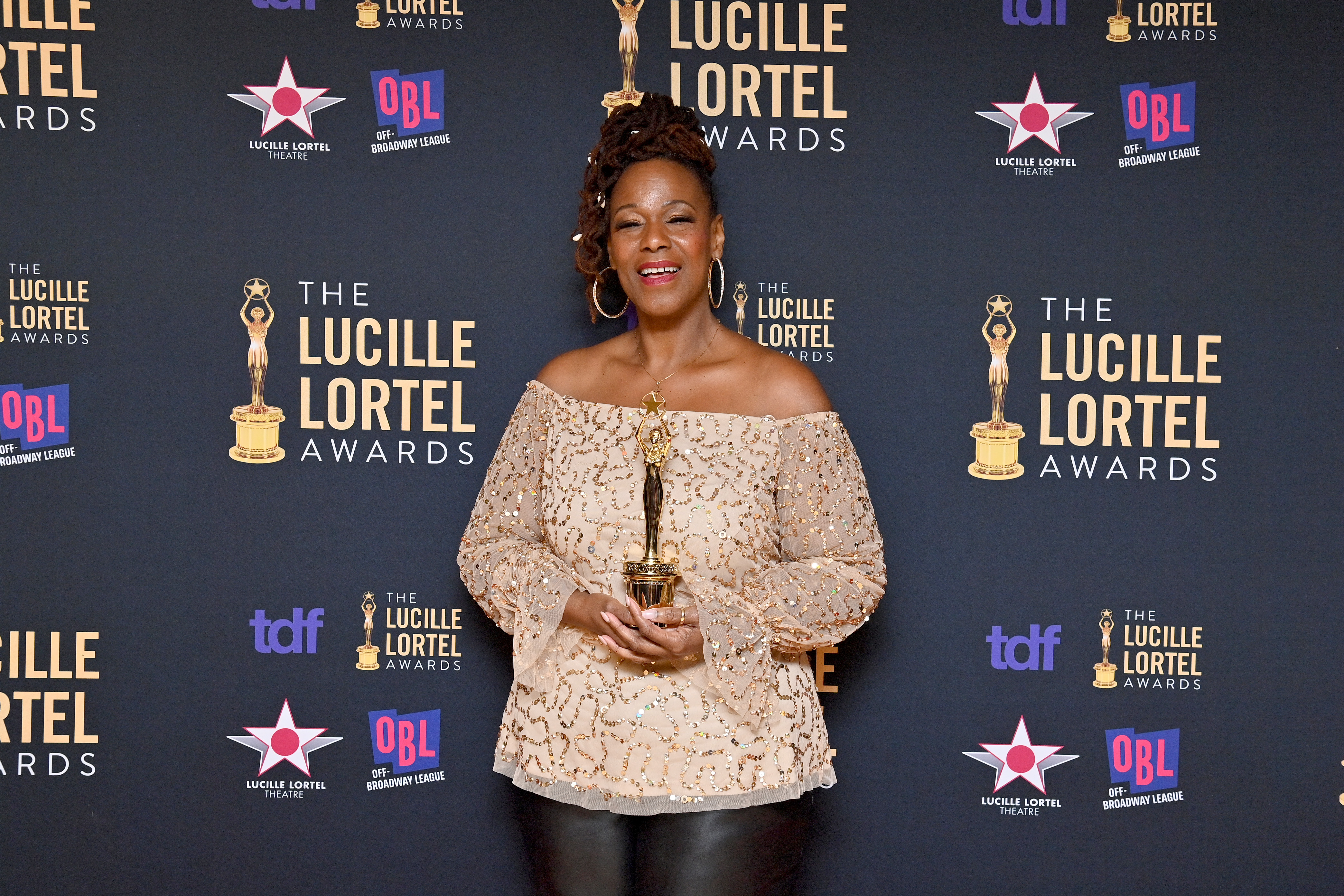Dancing at Lughnasa

(© Carol Rosegg)
In Brian Friel’s
Dancing at Lughnasa, which is getting a rich, quick-paced revival at the Irish Repertory Theatre, the playwright tells a Chekhovian tale of a family of sisters who watch helplessly as the life they know, in 1930s County Donegal, comes to an end.
It is a difficult play to pull off, partly because of its long stretches of solo narrative, which is typical of a lot of contemporary Irish drama. While Friel’s words are poetry on the page, the most wrenching dramatic events take place between scenes or after the play is over. What’s needed to bring such a script to life is a cast that brings out the vivid emotional lives underneath the words, and, fortunately, director Charlotte Moore has that in abundance.
The oldest of the sisters, Kate, is played with indomitable energy by Orlagh Cassidy, who manages to convey, with great humor, a character for whom humor does not come naturally. Aedín Moloney portrays the “simple” sister, Rose, with a touching balance of damage and grit.
Jo Kinsella, Rachel Pickup, and Annabel Hägg all bring beautiful clarity to Maggie, Agnes, and Chris, respectively, although the tough shell that Hägg constructs for the depressed, young Chris doesn’t quite melt away as it should when she’s visited by Gerry, the lovable rogue who fathered her child, then abandoned her (played by Kevin Collins, who strikes the right, subtle combination of charm, infuriating mischief, and deep restlessness).
Michael Countryman brings both authority and the jarring air of the outsider to the role of Father Jack, the deeply troubled former missionary who is the sister’s older brother. Finally, Ciarán O’Reilly brings an essential vibrancy to the role of Chris and Gerry’s son, Michael.
The adult Michael narrates the story through the filter of his memory. As a seven-year-old he is represented, invisibly, in scenes with his mother and aunts, in which they address him while O’Reilly stands off to the side and responds. Happily, the actor avoids the cloying cuteness typical of many adults who portray children. But, more important, he brings an assured tone to the voice of the adult narrator, in passages that can easily fall flat, but with which O’Reilly seems to connect on a deep level.
Moore’s rapid pacing is also a key to the success of this production. Although a few of Friel’s many character and plot details tend to speed by, the net result is a story that doesn’t pause for over-sentimentality, but builds in momentum.
One only wishes that Moore and set designer Antje Ellermann had better conquered the challenges of the Irish Rep’s tricky space, and had not placed crucial scenes partially out of the view of one section of the audience. For those who can see it, this lovely memory play is something worth remembering.




